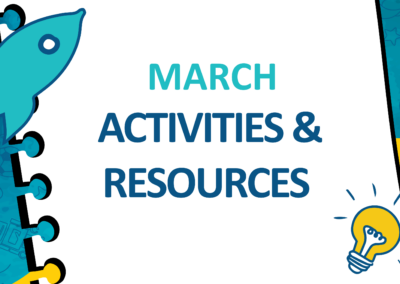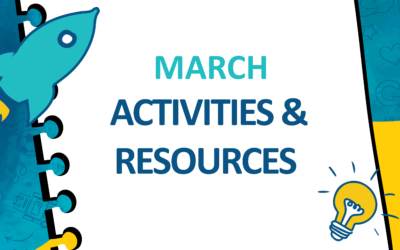Creating an Advocacy Plan for your program is important! Here are some activities from Matt Watrous that have the most efficacy in a long-term Program Advocacy Plan:
- Get your legislators into your specific program within the calendar year. Visit your legislators where they work, especially during events like Advocacy Days. You can also bring the legislators to your program so they can see your program in action.
- Create opportunities for youth voice and advocacy by bringing your youth program participants as spokespersons during legislative visits.
- Testify in a bill.
- Attend local council or school board meetings.
- Add officials to your program’s mailing list and newsletters.
- Follow legislators and officials on social media and think about what your program’s social media engagement looks like.
- Write op-eds and letters to editors advocating for issues or telling the story of what your program is doing in the community.
- Don’t overlook your city, your school, and your local officials as potential program champions.
- Plan out a calendar of activities; including things like thank you notes from youth after the legislative session.
- More sophisticated tactics to include in your long-term plan include, relationship mapping: who is in our board and donor list who might be connected to a senator or representative. Find champions for your programs.
- Templates and tools – National Afterschool Alliance has many templates, toolkits, and data. Use them!
Pick goals and objectives that are realistic and achievable for your program in the short and long-term. Maybe pick two or three objectives for your program’s first year in the Advocacy plan and snowball from there. Remember that short-term goals are the baby steps that will help your program achieve its long-term goals.
Hear the entire January Fireside Chat below:









